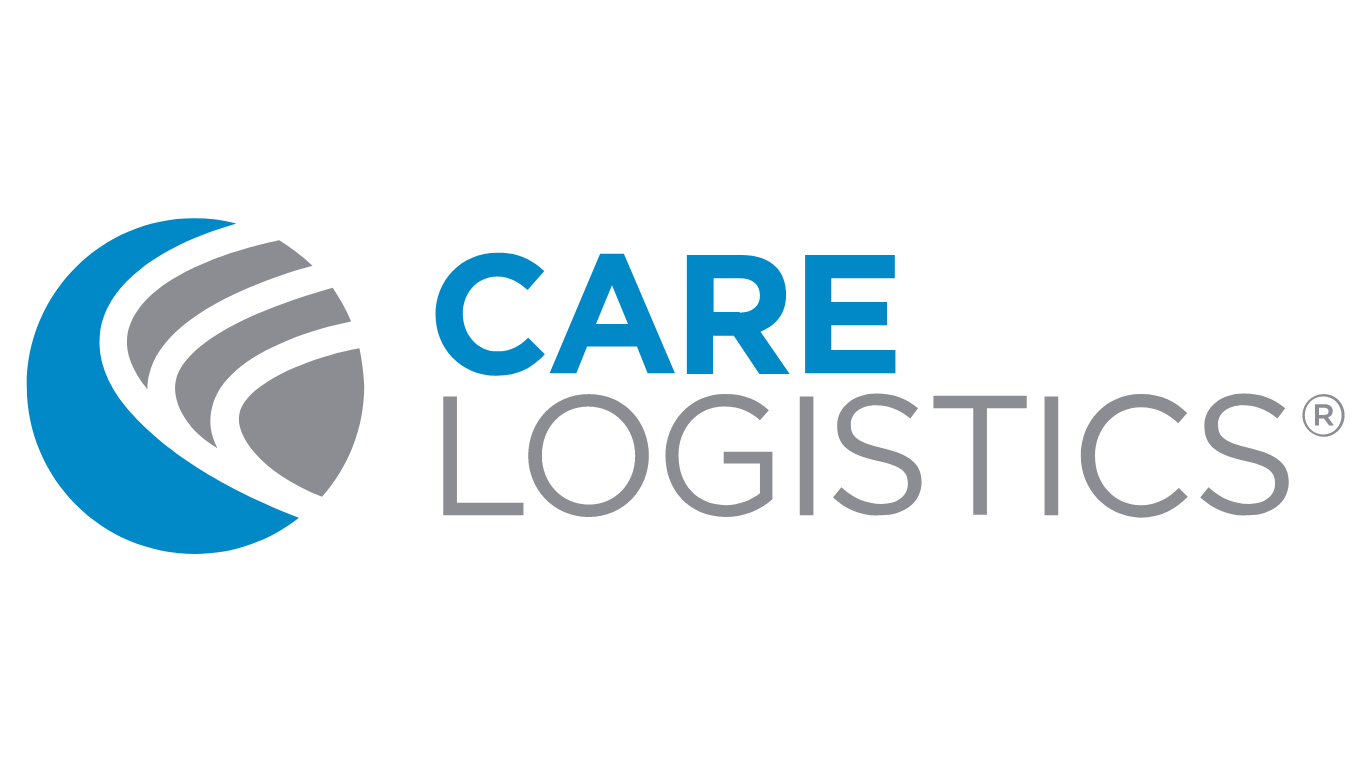Ready, Set, Stall? Three Strategies to Reduce ED Boarding and Get Patients to the Most Appropriate Care Setting Faster.
By Page Etzler, RN, PhD, MBA, MS, FACHE
Inpatient nursing units frequently cap beds based on nurse-patient ratios. The Emergency Department is different. The doors don’t close, and most EDs no longer want diversions due to the tremendous ramifications extending hours after incident. Limitations in inpatient bed utilization create extensive boarding of patients within the ED, which the Emergency Nurses Association identified as the leading cause of ambulance diversion.[1] So how can you deal with the influx of patients to the ED appropriately and get them to the appropriate care setting in the fastest way possible?
Three key strategies to focus on are Anticipation, Elimination of Batching, and Communication on Handoffs.
Anticipation:
Patients arriving to the ED are initially triaged using the emergency severity index (ESI) score or other triage method. The process of triage allows prioritization of treatment based on presentation and acuity. This triage provides information, or a “sneak peek” to potential admissions and specialty care that is necessary.
Most ED triage nurses have the experience to understand which patients will need to be admitted. If triage nurses identify the patients’ ESI scores correctly upon examination, they can begin to look for an appropriate bed at the time of triage, instead of waiting for the physician order. This could eliminate a patient waiting hours, as the nurse has already begun looking for beds with patients that can be moved off other units. By anticipating the individual patient’s need for admission and identifying possible units where that patient can be moved, you've improved patient progression and flow.
Elimination of Batching:
By nature of physician practice, ED admissions are commonly batched. However, batching is a major cause of patient flow bottlenecks. Most often, the attending physician or hospitalist will wait until several patients are available in the ED and will choose to come down to see them all at once. While this could be considered a lean practice and may be convenient for the physician, it is not a patient-centered approach.
Imagine that five patients have been batched. The physician sees them, and now they must all be admitted to different departments at once. This can take hours of work by the ED, and it may not be possible to do it simultaneously.
A way to change this process is to have a seasoned physician extender, like a nurse practitioner, who can be a link from the hospitalist to the ED physician. The NP can see patients as they are ready and be the “eyes and ears” of the hospitalist to help continually move patients and increase fluidity.
Communication of Handoffs:
Immediate communication at the time of handoffs can greatly decrease the time a patient has to wait in the ED. When an ED nurse has a patient ready for admission, they are still juggling their other emergent patients. There needs to be a simple and prompt method to quickly move the patients to the floor and give report.
The challenge is when admitting departments are not able to take the report. The units frequently say “We will call back”, but when they do, the ED nurse is with another patient and can't take the call. This results in several hours of phone tag. You wouldn't tolerate a rescue squad not providing a report when bringing a patient in, so why is it tolerated among departments? The Advanced Emergency Nursing Journal recommends no-delay nurse reports. "No-delay nurse reports reduce the time from admit orders to arrival on inpatient units, decrease the potential for handoff errors (because they ensure that both the ED and inpatient nurses have the same information), and increase patients' perception of care due to timely transfer of care”.
The ED is often filled with emergent patients who are waiting because they simply can't get an inpatient bed. It doesn’t have to be this way though. Boarding can be significantly reduced using the three key strategies of Anticipation, Elimination of Batching, and Communication on Handoffs.
P.S. Once you have applied those strategies in your ED, don’t forget that patient flow and progression strategies applied out on your inpatient units can have a huge impact on your ED throughput. I’ve seen hospitals cut ED holds by almost 50% with these strategies.
